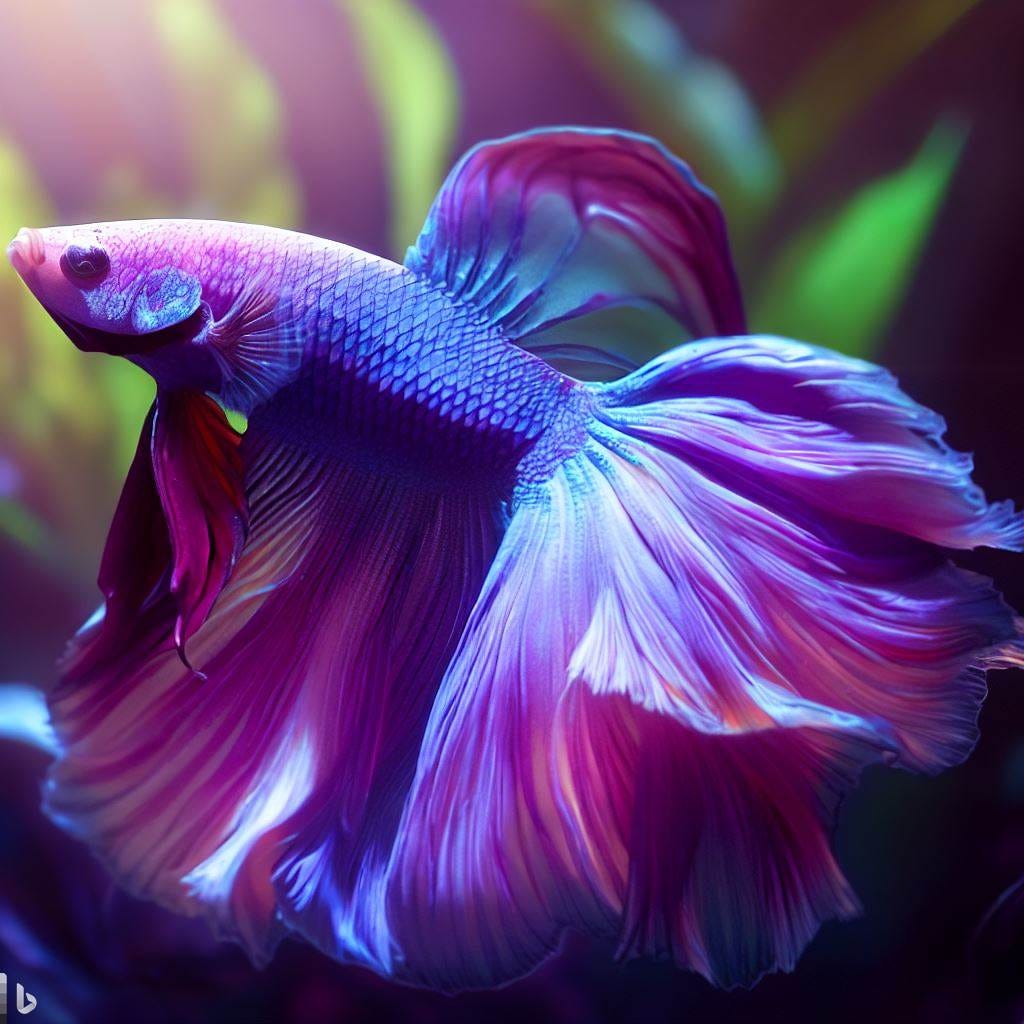Reproducing Betta Fish: a Comprehensive Step-By-Step Overview to Successfully Raising Child Bettas From Eggs to Adulthood
Reproducing Betta fish is a meticulous venture that calls for careful preparation and implementation to guarantee the effective growth of fry from eggs to mature fish. Selecting genetically varied breeding couple with preferable characteristics is only the start; developing an optimal atmosphere and recognizing the intricacies of the breeding procedure are just as crucial. As the male Betta carefully constructs a bubble nest and guards the priceless eggs, the succeeding stages of care and shift need attention to detail and understanding of finest techniques. Exactly how does one browse the challenging yet gratifying path of supporting these vivid animals to adulthood?

Selecting Reproduction Pairs
When getting started on the journey of breeding Betta fish, picking the ideal breeding sets is important to achieving preferable characteristics and a healthy lineage - betta fish. The primary step in this process is to identify the certain traits you want to boost or protect, such as color, fin kind, and physique. It is crucial to select genetically varied pairs to stay clear of inbreeding, which can cause health problems and undesirable attributes
Evaluate prospective breeding candidates meticulously. A healthy male Betta needs to exhibit vivid colors, an active demeanor, and well-formed fins, while the woman should likewise present vibrant pigmentation and a rounded stubborn belly, suggesting preparedness for spawning. Observing the personality of both fish is important, as hostile or extremely shy people might not reproduce effectively.
Documents of family tree is equally crucial. Maintaining documents of the parent fish's ancestry can assist you track hereditary traits and prospective problems. In addition, consult respectable dog breeders or on-line resources for assistance on choosing suitable sets. Inevitably, spending time in the selection process will substantially boost the chance of producing strong, lively children that fulfill your reproduction objectives (betta fish).

Preparing the Reproduction Tank
Producing an optimum reproduction setting is an essential action after picking suitable pairs for Betta fish. The reproduction container ought to be specifically created to offer convenience and promote the all-natural breeding behaviors of the fish. Begin with a storage tank size of a minimum of 10 gallons to guarantee ample area for both the man and female Bettas.
Keep a gentle purification system to keep the water tidy while avoiding solid currents that can emphasize the fish. In addition, an air stone can be included in provide oxygenation without interrupting the water surface excessive.
Temperature law is important; go for a steady variety of 78-82 ° F(25-28 ° C) using a trusted heater. The pH degree need to be maintained in between 6.5 and 7.5, and normal water changes are needed to ensure high water high quality.
Integrate drifting plants or spawning mops to produce concealing places for the female, while likewise motivating bubble nest structure by the man - betta fish. Finally, guarantee the storage tank is devoid of sharp decorations and any type of prospective threats, as the well-being of basics the fish should always be prioritized during this vital stage of reproduction.
The Reproduction Process
Generally, the breeding process for Betta fish involves a series of distinct and observable behaviors that indicate preparedness for recreation. The male Betta starts by constructing a bubble nest at the water's surface area, which works as a site for the fertilized eggs. This nest is important, as it offers a risk-free environment for the eggs until they hatch out.
As soon as the nest is developed, the man will show courtship behaviors, such as flaring his fins and exhibiting vivid shades to attract the female. The lady, upon picking up the male's readiness, will certainly react by showing vertical stripes along her body, signifying her receptiveness.
The fertilized eggs after that fall to the bubble nest, where the male carefully gathers and returns them to the nest. Following Click Here this, the male look here assumes duty for protecting the nest and making certain the safety of the eggs till they hatch, commonly within 24-36 hours.
Caring for Betta Fry
Caring for Betta fry needs mindful focus to their environment and nutrition to make sure healthy and balanced development and development. After hatching, Betta fry are incredibly little and prone, demanding a stable and clean habitat.
Feeding Betta fry is just as crucial. Feed them tiny amounts several times a day, being careful not to overfeed, which can lead to water quality issues.
Transitioning to Grownup Bettas
As Betta fry fully grown, transitioning them to adult Bettas is an important stage that requires careful monitoring of their setting and social communications. This process generally begins when the fry get to around six weeks of age, at which factor they can be slowly introduced to an extra organized living setting.
To facilitate this change, it is vital to ensure that the water criteria-- such as temperature, pH, and ammonia degrees-- are optimal and steady. Adult Betta fish prosper in warm water (around 78-80 ° F) with a pH of 6.5 to 7.5. Slowly acclimate the fry to these problems to minimize anxiety.
Social interactions are one more vital element; man Bettas are notoriously territorial and hostile. Therefore, it is recommended to different males into specific tanks as they develop. Women Bettas can be housed together, but treatment needs to be taken to keep track of for indicators of aggression.
Furthermore, nutritional changes should be made as the fry grow. Integrate high-quality pellets and live foods to support their growth and health and wellness. By taking care of these factors efficiently, you can promote an effective change to the adult years for your Betta fish.

Verdict
Successful reproduction of Betta fish needs careful focus to detail throughout the whole process, from picking genetically diverse sets to offering ideal treatment for fry. Furthermore, a well balanced diet plan and progressive adaptation to grown-up atmospheres are essential for the development and development of Betta fish.